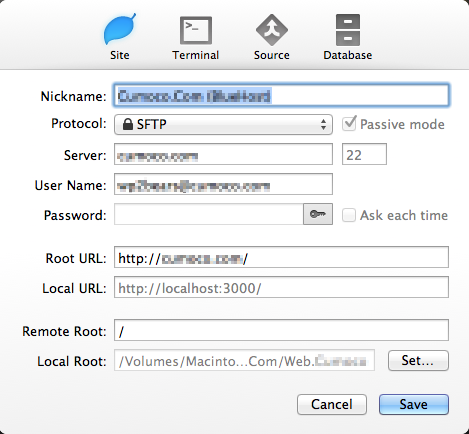


Traditionally, SSH keys are secured with a password. If you do not, it will think that the two distinct keys are a single key, and neither will work. SSH is the default method for systems administrators to log into remote Linus systems. In the event that you add a second public key manually into the authorized_keys file, end the line with a “ newlin” or a return. Note that you can copy the public key manually into the /.ssh folder as well, and if done manually, the appropriate permissions are an important part of the process. Workaround could be to create an ssh tunnel and just use FTP, configure your FTP server or firewall to only allow loopback connections Establish tunnel using something like: ssh -oPort 22222 -f userserver -L 3000:127.0.0. Do also remember to give the /.ssh folder, the private/public keys, and the authorized_keys file the appropriate permissions – you and you alone should be able to mess with it. Please also remember that each public key is stored in a single line in the authorized_keys file.
#CODA 2 USE SSH KEY PASSWORD#
Typically, if this file doesn’t exist, the server will attempt password authentication. It will output a couple of environment variables that need to be exported to you session. To enable ssh agent you will need to start it from the session you intend to using. Ssh-agent will hold your private key within your login session. There is a tool that comes with OpenSSH, called ssh-agent. Regardless of the type of key you use ( ex: rsa, ecdsa, etc.), to use key-based authentication, the public key generated must be copied onto the server’s authorized_keys file. Use ssh-agent to remember the passphrase. ( Please note that I didn’t set a passphrase.) Once you set the password authentication to no, if you try to login via ssh, you should be automatically logged in. The /etc/ssh/sshd_config on the server on the server Do uncomment and configure them as follows: When setting up complicated systems such as these, we need to ensure that the configuration files are appropriately configured! If they are not, the entire process will not work! Now, there are two systems here – the client and the server.
#CODA 2 USE SSH KEY HOW TO#
In this tutorial, we will be looking at how to set up the public/private key-based authentication and take a look at the authorized_keys file and its uses. The known_hosts file is used to authenticate servers by the users.
#CODA 2 USE SSH KEY UPDATE#
Also you will find there that you do have a firmware update available, but read the release notes for it as it’s a big change. Log into address> directly to enable it and set its password. In fact, key-based authentication is safer than password authentication because there is no need to type a password. SSH for the cloud key is controlled at the device level.


 0 kommentar(er)
0 kommentar(er)
